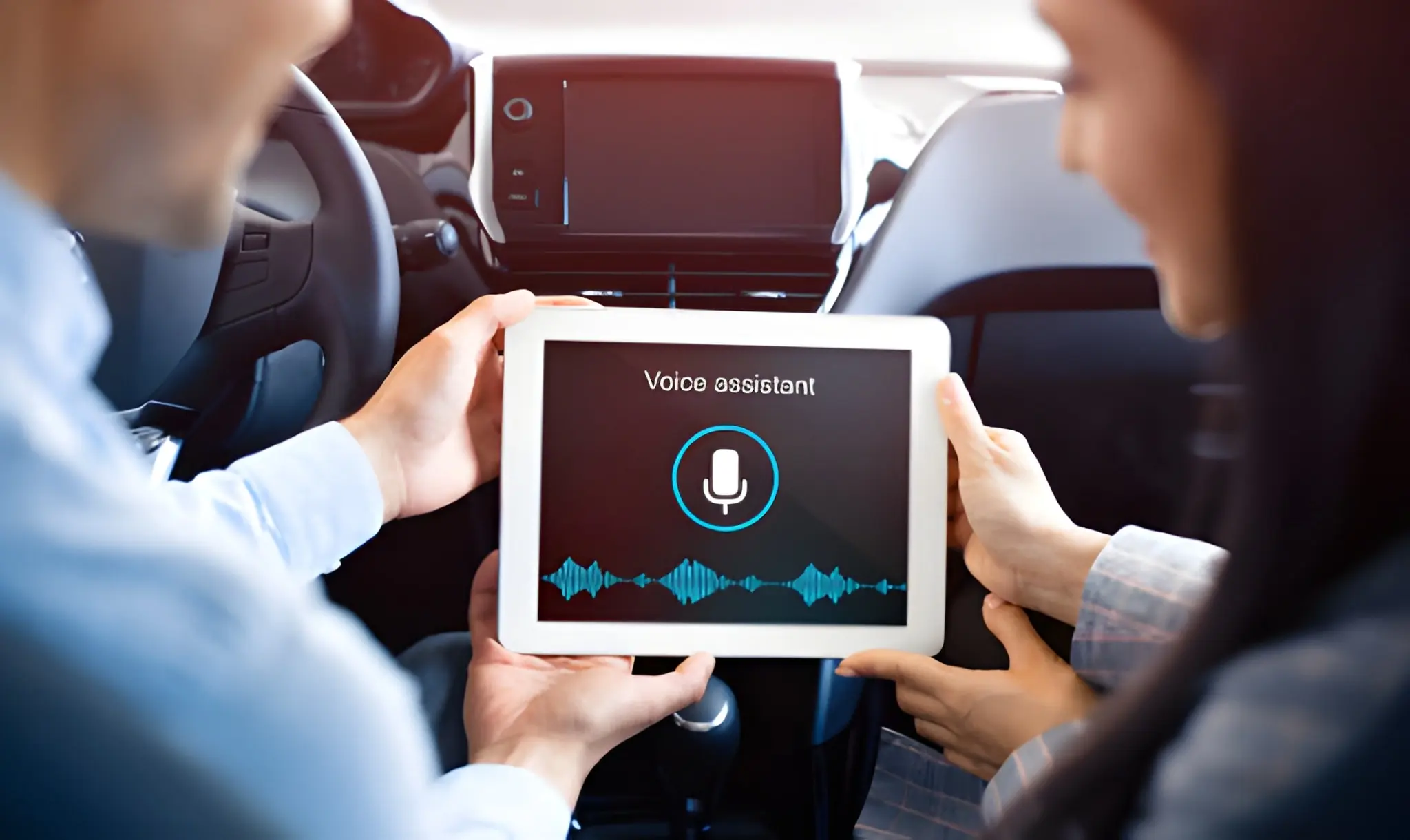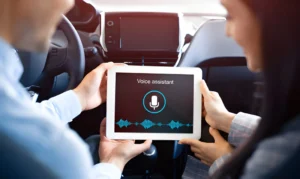Smart voice assistants are no longer just a futuristic idea—they are fundamentally changing how we drive and interact with our vehicles. Modern vehicles are not just about powerful engines or advanced infotainment displays; the integration of artificial intelligence, particularly through voice assistants, has redefined what comfort, safety, and convenience mean for today’s drivers. For many automotive manufacturers, adopting cutting-edge voice AI is not just a luxury but a competitive necessity in the ever-evolving industry landscape. The integration of voice AI into cars means today’s drivers benefit from increased safety, better connectivity, and a driving experience that adapts seamlessly to their individual needs. As these technologies become increasingly sophisticated, drivers and passengers are discovering new levels of convenience, automation, and personalization from the driver’s seat. For automakers and tech enthusiasts alike, finding the best AI solution for the automotive industry is now central to delivering a modern in-car experience that stands out from the competition.
Besides making every journey more enjoyable, in-car voice assistants also reduce distractions, help drivers stay informed, and empower seamless control over everything from navigation to entertainment. New voice AI systems are being designed to recognize natural speech, interpret context, and provide relevant suggestions at the right moment. The result is a powerful blend of technology and mobility that is reshaping what it means to be on the road. Voice assistants can even detect driver stress through vocal tones and adjust car settings accordingly, ensuring each trip is as comfortable as possible for all passengers. Whether you’re commuting through busy urban streets, managing a packed schedule, or planning a cross-country trip, the advantages of intelligent, hands-free technology are clearer than ever.
Enhancing Safety with Hands-Free Operation
Safety is a primary concern for drivers, and voice assistants are making significant strides in reducing risky behaviors. With hands-free commands, drivers can adjust navigation, answer messages, and control entertainment without ever having to take their hands off the wheel. According to the National Highway Traffic Safety Administration (NHTSA), distracted driving is a leading cause of traffic accidents, and voice assistants are playing a crucial role in minimizing these distractions by streamlining key functions and enabling safe multitasking. By reducing the need for manual interaction with screens or buttons, drivers can focus on what matters most—keeping their eyes on the road and their hands on the steering wheel. For example, instead of fumbling with a phone or in-dash system, a quick voice command can switch playlists, set a destination, or make a call, dramatically improving reaction times and situational awareness. Some advanced systems now even offer proactive reminders, like suggesting a rest stop when signs of fatigue are detected, further promoting safe driving habits.
Personalized Driving Experiences
One of the most appealing aspects of in-car voice assistants is their ability to adapt and cater to each driver’s unique habits and preferences. These systems leverage artificial intelligence to learn individual driving routines, favorite songs, seat positions, and even climate control settings, all of which can be adjusted through a simple command. A car equipped with a modern voice assistant might greet a specific driver by name, recall previously set destinations, or suggest music based on the time of day and mood detected from recent interactions. Over time, this personalization transforms vehicles into smart environments that anticipate the driver’s needs, resulting in a smoother and more enjoyable driving experience. For families or shared vehicles, profiles can be switched instantly, allowing each driver to enjoy their own settings as soon as they sit behind the wheel. This doesn’t just save time; it helps foster a sense of comfort and familiarity every time you enter your vehicle.
Seamless Integration with Smart Home Devices
The line between home and vehicle is fast disappearing, thanks to robust integration between in-car voice assistants and smart home devices. Imagine being able to turn on the house lights as you pull into your neighborhood, or start the coffee maker before you arrive home—all initiated with a quick voice command while driving. Drivers can remotely adjust the thermostat, open the garage, or check indoor cameras before they even pull into the driveway, providing new layers of comfort and security. This kind of connectivity streamlines day-to-day living and provides peace of mind, knowing your home is secure and responsive, even when you’re miles away. Major platforms have expanded their ecosystems to enhance connected car and smart home experiences, thereby bridging the gap between mobility and convenience for users everywhere. As cars become central hubs in people’s connected lifestyles, the synergy between household and vehicle technology will only deepen, making both environments smarter and more responsive to our routines.
Real-Time Navigation and Traffic Updates
Gone are the days of being caught off guard by unexpected traffic or construction. Today’s voice assistants leverage up-to-the-minute data to provide real-time navigation, suggest alternate routes, and help drivers avoid delays. In many vehicles, the voice assistant collaborates with live traffic maps, local authorities, and crowd-sourced information to deliver accurate directions and keep drivers updated about route changes. By integrating with primary map services and transportation databases, drivers can obtain accurate ETAs, select points of interest, and reroute on the fly through simple voice prompts. This responsiveness is especially valuable in metropolitan areas, where time and efficiency are at a premium, and road conditions can change rapidly. According to AAA, real-time updates not only save time but can also help reduce the stress associated with traffic congestion. Many systems can even predict routine delays and suggest leaving earlier, doing much more than just reacting to roadblocks; they actively help drivers plan more efficient journeys.
Entertainment and Infotainment on the Go
Entertainment options have never been more accessible for drivers and passengers alike. Voice assistants make it easy to play a specific song, tune in to podcasts, start audiobooks, or browse through news and sports—all without needing to glance at a screen. With just a voice prompt, families can switch from an engaging podcast to a favorite playlist, or kids in the backseat can request a story or trivia game during long road trips. This hands-free flexibility limits distractions, making long drives or daily commutes more enjoyable while ensuring safety is never sacrificed for fun. Additionally, smart assistants are increasingly integrating with a wide variety of streaming platforms, ensuring that in-car infotainment keeps pace with the latest digital trends and user expectations. Some high-end vehicles offer the option to link rear-seat screens and speakers into the assistant’s command network, so everyone in the car can personalize their entertainment without distracting the driver. The future of in-car enjoyment is being built on voice, and there’s no going back.
Future Trends in In-Car Voice Assistants
The next generation of in-car voice assistants is poised to deliver even more natural, intuitive, and contextually aware interactions. We’re rapidly moving beyond simple command recognition into personalized, conversational experiences that understand driver intent and context. Leading auto manufacturers are advancing their collaborations with tech giants like Google, integrating conversational AI platforms like Gemini to provide richer, voice-driven experiences. These systems are beginning to understand not only what drivers say, but how and why they say it, potentially even responding to emotional cues and offering supportive feedback during stressful journeys. Future innovations may include multilingual capabilities, enhanced emotional intelligence, and fully integrated support for a wider array of connected services and vehicles. These rapid advancements reflect a broader shift toward autonomous, adaptive vehicle systems designed to support drivers at every stage of their journey.
Conclusion
Smart voice assistants are redefining the future of driving, making travel safer, more efficient, and remarkably personalized. With continuous improvements in AI and connectivity, it’s clear that in-car voice assistants will only become more integral to modern vehicles. For drivers and passengers alike, these technologies represent a leap forward into smarter, safer, and far more convenient transportation. As these technologies evolve, they promise to turn every road trip into an intelligent, connected experience that elevates every mile driven.
Also Read-
- Why Tech-Savvy Designers Are Turning to Virtual Tools for Better Results
- Tips to Handle Major Life Events with Confidence
- How to Use Technology to Win the 82 Lottery








